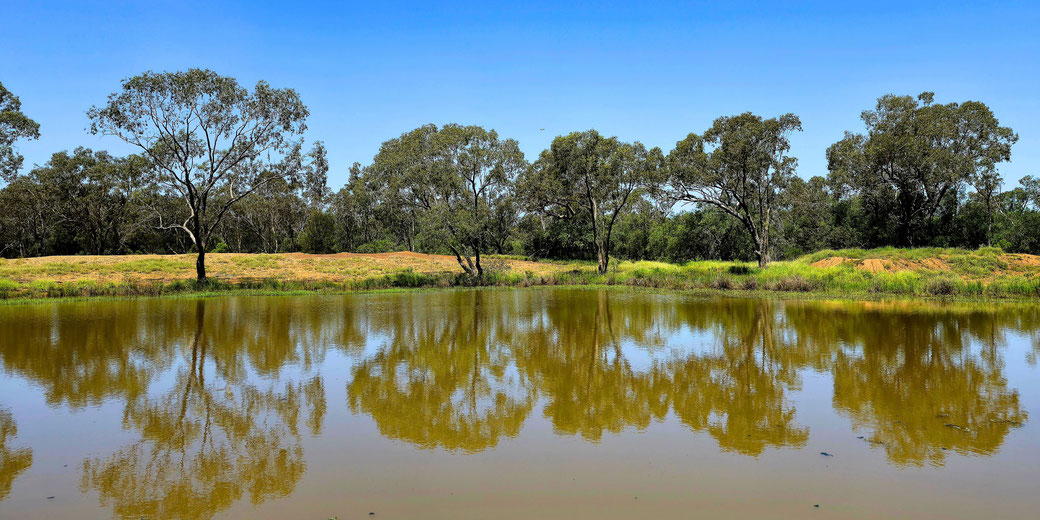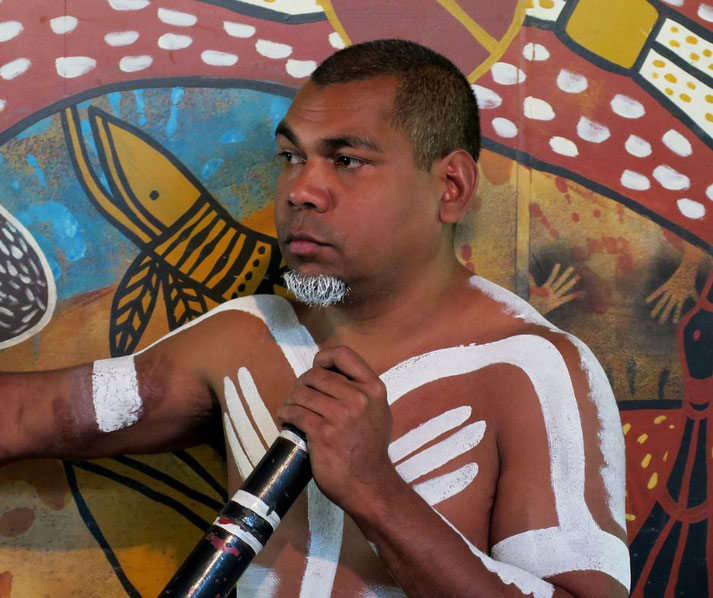What was Australia like before the arrival of Europeans?

Before the sails of European explorers dotted the horizon, Australia was a land of ancient stories and vibrant cultures, where Indigenous peoples thrived in harmony with the rhythms of nature.
The continent, with its varied landscapes ranging from lush rainforests to vast deserts, was home to hundreds of Indigenous and Torres Strait Islander groups, each with their own distinct territories and spiritual beliefs.
Their art, stories, and ceremonies, rich with symbolism, offer a glimpse into their deep spiritual connection to the land, the Dreamtime, and their ancestors.
The unique environment of Australia
Australia's geography and environment before European arrival presented a diverse landscape that shaped the lives of its Indigenous inhabitants.
The continent is vast, encompassing a variety of ecosystems from the tropical rainforests of the north, the arid deserts of the central regions, to the temperate forests in the south.
Each of these environments offered unique resources and challenges that influenced the lifestyles and cultural practices of the Aboriginal and Torres Strait Islander communities.
The coastal areas, with their abundant marine life, were crucial for fishing and gathering sea resources, while the interior's harsher desert regions required a deep understanding of water sources and food gathering strategies.
The varying climates and landscapes fostered a rich biodiversity, including unique flora and fauna, which were integral to the Indigenous peoples' diet, medicine, and spiritual beliefs.
Changes in climate, flora, and fauna could have profound effects on their societies and cultures.
One of the most notable environmental changes was the end of the last Ice Age, which led to rising sea levels and the submergence of land bridges that had connected Australia to neighboring islands.
Indigenous Australians are believed to have arrived on the continent at least 65,000 years ago, during the end of the Ice Age.
However, as the climate transformed the Australian ecosystem, it affected the availability of resources and the distribution of animal and plant species.
Indigenous Australians adapted to these changes through their intimate knowledge of the environment.
They developed new strategies for hunting and gathering, shifted their settlements, and modified their tools and technologies to suit the changing conditions.
Their ability to read the landscape and understand the signs of nature allowed them to anticipate and respond to environmental shifts.

First Nations societies
Before European colonization, it is estimated that there were over 500 different Indigenous and Torres Strait Islander nations, with a combined population ranging from 300,000 to 1 million people.
Each people group had their own distinct cultures, languages, and social structures.
In fact, it is estimated that there were around 250 distinct Indigenous languages were spoken in Australia by the mid-18th century.
Indigenous and Torres Strait Islander communities were deeply connected to the land, which was central to their identity, spirituality, and survival.
Their knowledge of the natural world was extensive, encompassing an understanding of the seasons, plant and animal life, and the intricate relationships within ecosystems.
Kinship rules determined social roles, responsibilities, and marriage arrangements, creating a structured yet flexible social framework.
Elders held positions of respect and authority, passing down knowledge and making decisions on behalf of the group.
The concept of reciprocity was fundamental, with sharing of resources and mutual support being central to daily life.
Housing and settlements were also adapted to local conditions, ranging from temporary shelters in the desert to more permanent structures in forested areas.
Tools, weapons, and other artifacts were made from available materials, showcasing a deep understanding of the properties of different resources.
How the different people groups survived
Hunting and gathering were primary sources of food, with techniques and tools adapted to target specific animals and plants.
In coastal areas, fishing and shellfish gathering were important activities, often involving the use of sophisticated fishing gear such as nets, traps, and spears.
Some groups practiced controlled burning of the land, known as firestick farming, to encourage the growth of certain plants and attract game animals, demonstrating an early form of environmental management.
Goods such as ochre, stone for tools, and ceremonial items were exchanged over long distances, facilitating not only economic transactions but also the exchange of ideas, cultural practices, and social ties.
These trade routes helped maintain relationships between different groups and contributed to a sense of interconnectedness among the diverse Indigenous communities.

Australian First Nations spirituality
The spiritual beliefs and practices of Indigenous Australians were central to their way of life and deeply connected to the land.
These beliefs were based on the concept of the Dreamtime (or Tjukurrpa), a sacred era in which ancestral beings shaped the world, creating the landscape, plants, animals, and laws governing human behavior.
The Dreamtime stories were a framework for understanding the world, providing guidance on living in harmony with nature and each other.
These stories were passed down through generations, often through song, dance, and art, ensuring that the knowledge and spiritual connections remained alive.
Land was a living, spiritual entity, with each feature holding significance and being associated with ancestral beings.
Sacred sites were places of power and importance, where rituals and ceremonies were performed to maintain the balance of the natural world and ensure the well-being of the community.
The best example of this is the rock art, including paintings and engravings, that served as a form of communication and cultural expression, with some sites dating back over 20,000 years.
Totemism was another important aspect of Indigenous spirituality, with individuals or groups having a totemic relationship with an animal, plant, or natural feature.
This relationship was based on respect and responsibility, with the totem serving as a symbol of identity and a connection to the ancestral world.
Finally, ceremonies and rituals were a vital part of spiritual practice, marking important life events, seasonal changes, and maintaining the law.
These ceremonies often involved elaborate rituals, music, dance, and the use of sacred objects, creating a sense of unity and continuity between the past, present, and future.
Ceremonies like this were important ways of passing on knowledge, history, and cultural values.
They were integral to the social fabric and education within Indigenous communities.
Also, body art, including painting, scarring, and adornment with feathers and other materials, was used in ceremonies and rituals to express identity, status, and spiritual connections.
This form of art was a dynamic and personal expression of culture and beliefs.
What do you need help with?
Download ready-to-use digital learning resources
Copyright © History Skills 2014-2025.
Contact via email
With the exception of links to external sites, some historical sources and extracts from specific publications, all content on this website is copyrighted by History Skills. This content may not be copied, republished or redistributed without written permission from the website creator. Please use the Contact page to obtain relevant permission.





